Miracle Whip
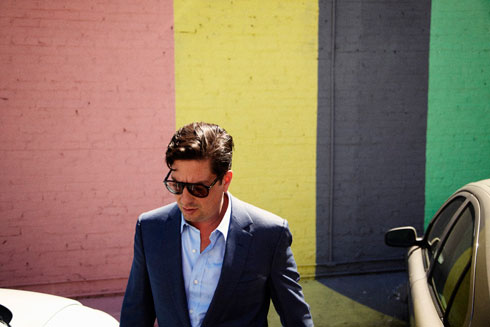
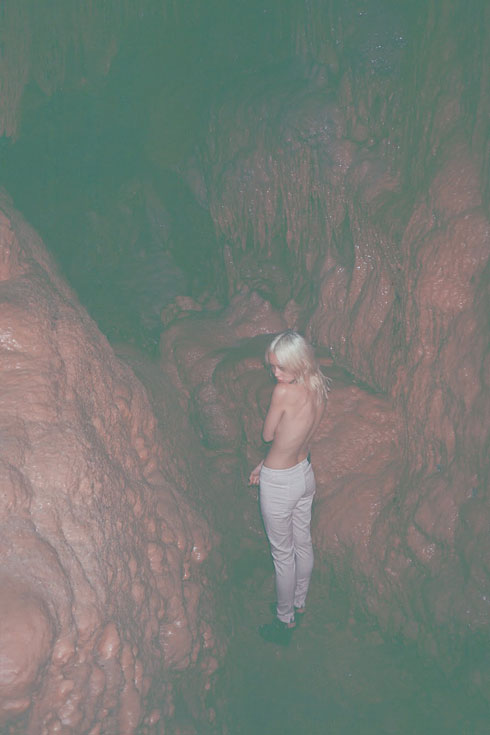
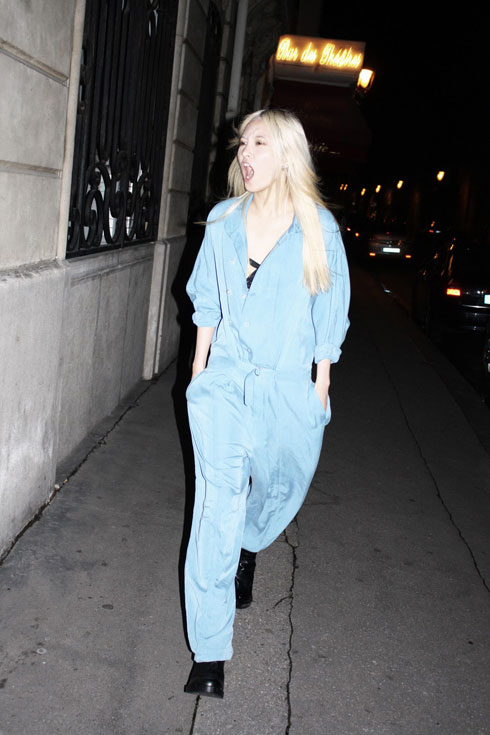
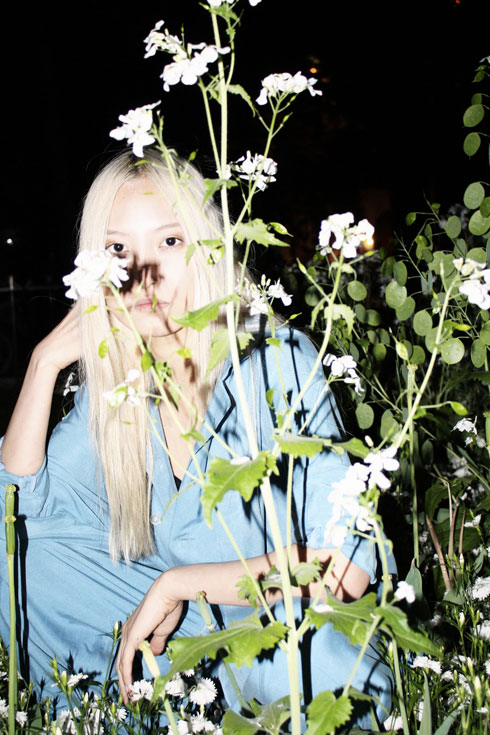
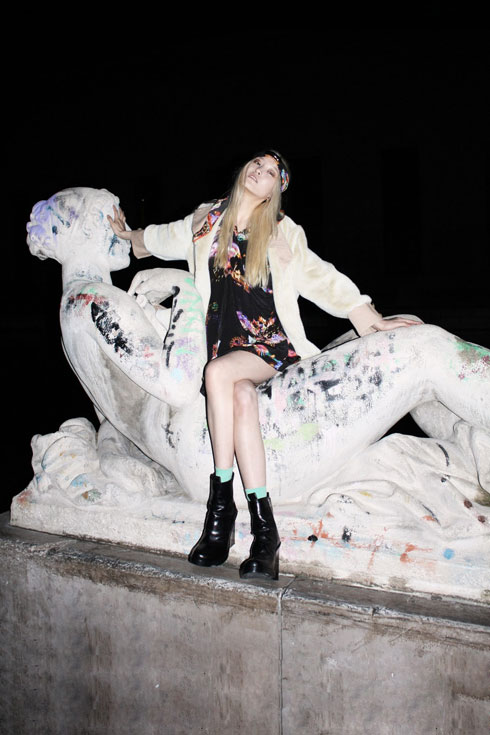 Text: Renee Warne Images: Cameron Smith
Text: Renee Warne Images: Cameron Smith
I first met Cameron when we were teenagers sharing a spare couch in a low-rent skater apartment in the brothel district of Surry Hills. The kind of place where 13 dudes crammed into three bedrooms and everyone lived on a diet of whiskey and $3 frozen pizza. It was dirty, the toilet didn’t work, and the shower was sans-shower-head. Amidst this bubbling tar-pit of disrupted youth Cameron’s photographic flair took shape, and what began with skate-street snaps soon evolved into work published by Dazed & Confused, Nylon, Vice, Oyster, RUSSH, Juke & Wonderland. Almost 10 years after our first fated meeting, we caught up to talk blogs, babes and Chuck E. Cheese.
Renee Warne: At the moment you’re enviably transcontinental, based across Paris, New York and London. Have you always been so worldly? Where did it all begin?
Cameron Smith: I grew up in Sydney, but as a kid I had this big chip on my shoulder about growing up here because my parents are both American. They moved here just before I was born, but we used to travel back there every year and I would never want to come home. I was like, “What the fuck, no way – there’s no Chuck E. Cheese in Australia!”. There was no Disneyland, no Miracle Whip, all the toys were cooler in America… I guess I didn’t appreciate Australia that much as a kid. I really felt American!
RW: When did you start taking photos?
CS: I got my first camera when I was 16, which is kind of late I guess, but I’d always wanted to take photos. My initial interest came from old National Geographic magazines when I was a kid, but it really took hold when I started skateboarding. I loved skating, but I knew I was never going to good enough to be the best at it, and as a career it’s probably one of the most short-lived and physically taxing paths out there, so I started with skate photography instead.
RW: Back then, there wasn’t the skate photography and photo-blog scene that there is now. How much has it changed?
CS: Things are completely different now. I mean, anyone can get a digital camera and take an OK picture but back then it was all film. It meant you had to be really into it, really dedicated. I was lucky, it taught me to appreciate the process and aesthetic of film and I still prefer shooting film to digital.
RW: Do you ever use digital?
CS: Actually, the majority of my fashion jobs request digital – especially the stylists, who are usually kind of nervous about not being able to see what they’re shooting. It sucks sometimes, but it pays the rent, right? Jokes. I mean, it’s my job, I still enjoy it, I’m still taking photos, I get to travel, I’m doing what I love.
RW: How did you make the transition from skate to fashion?
CS: I got kinda tired of dragging the whole set-up from spot to spot. After a while it became pretty tedious and I just preferred to be skating. I dropped out of school when I was 15, moved to London and just skated, got drunk, and didn’t do much else except take photos. After a few months I’d built up a pretty crappy portfolio that I took it into Dazed & Confused and asked for work, which is pretty naive I guess, but a girl there threw me a few assignments, and from that I got a call from the deputy editor at Tank magazine, who’d seen my blog and was like, “I really like the feel of this ‘blog’ thing” – nobody had blogs back then, which seems crazy now – anyway, he suggested building a main fashion story around the concept of my blog. It was a big risk on his part I think, because I was so young, but I guess that gave me some kind of notion that I could do it.
RW: What role do you think blogs play now for photographers who are trying to make a break in the industry?
CS: I think they’re super important. I think it makes the level of the work that you’re doing a lot harder, because it’s a lot more democratic. If you can do good work and put it on a global scale where anyone can see it, then you’re able to profit from that – whereas in the old days the industry was probably ruled by cronyism. So it’s good, definitely good.
RW: Do you think being overseas plays an important part in making a break?
CS: One hundred percent, yes. You have to be in the right place at the right time. Furthermore, I think in Australia there’s this mentality that unless something comes from overseas, it’s not good.
RW: What are your favourite cameras to use?
CS: Yashica T4, Canon 5D Mark II, and a digi point and shoot, so I can shoot video, a Canon S95.
RW: So what’s on the cards for 2011, any exciting projects?
CS: One thing I’m excited about is getting access to go to NASA in Cape Canaveral to do a cover shoot for Intersection magazine. I just really want to go and see the shuttle launch, my brother is an aerospace engineer, so I pitched the idea hoping for backstage access so he could tag along. They were into it.
Cameron Smith
Next story: Constant Document – Mountain Fold Music Journal



